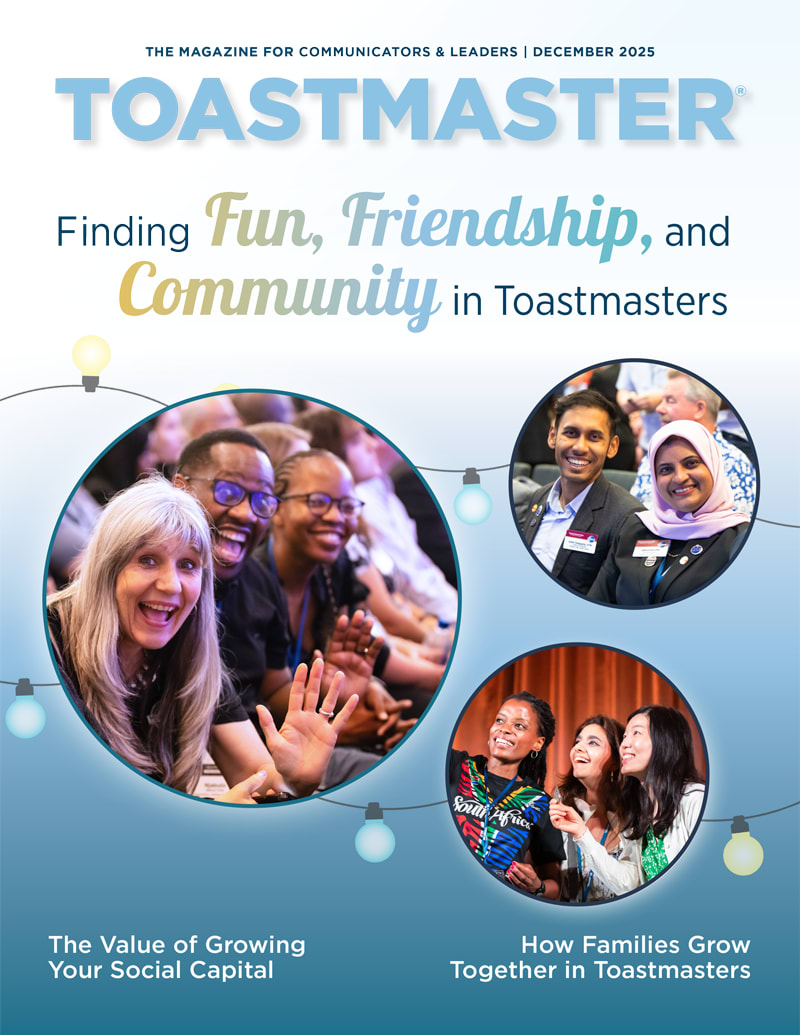We live in the age of information, where people hardly have time to think clearly, let alone absorb the plethora of instant communication they are bombarded with. That presents a significant challenge for most employees when they are asked to impress their colleagues with that all-important presentation.
Avoid these six “white lies” we often tell ourselves in our haste to impress:
1 State-of-the-art software will make me a better presenter
Someone once said to me, “The truth is like the center of town; it doesn’t matter which road you take to get there, the center of town is the center of town.” When it comes to presenting, the truth is that your presentation isn’t about the software—it’s about you. When I first started to play tennis, I had this brilliant idea that buying the lightest, most expensive racquet would improve my game exponentially. It didn’t.
I’ve seen some fabulous presentations by speakers using Keynote and Prezi, and I’ve seen some horrendous ones too. The same goes for PowerPoint and just about every other software I’ve seen speakers use. It’s not about what you have to show, it’s about what you have to say. No visual aid will ever replace the use of a clear, powerful and beautifully told story designed to inspire change.
TIP: Never start with the software. Craft a compelling message and story first, and then decide whether you need any tools to help bring them to life.
2 My audience expects me to be perfect
The problem with perfection is that in the world of presenting and public speaking your audience rarely gets to see the real you. What they get is a highly polished and slick speaker who isn’t really interested in them, because the speaker’s prime interest is in looking good.
TIP: Credibility will always trump perfection, so help your audience get to know you better and understand why you’re so passionate about your message. Your job is to give them something to help them, not you, look and feel good.
3 I don’t need to prepare, I’ll just speak from my heart
It’s a nice sentiment, but how is this working for you? Speaking from the heart with belief, energy and passion is a prerequisite to the task at hand, but fail to prepare at your own peril. When it comes to engaging your audience, there are no shortcuts.
TIP: Don’t look for what’s easy; look for what’s right. Research and understand your audience thoroughly, hone your message like a finely tuned piano, craft your story and then practice, practice, practice.
4 My content is really the only thing that counts
Really? The key to a successful presentation is congruence—all aspects of the speech have to fit together. You have to deliver your content in a way that resonates with your audience so they can see that you mean, feel and believe every word you say.
We’ve all endured presentations that sounded content-rich but were delivered in a way that left us totally uninspired.
TIP: Focus on content, delivery and impact. Everything you say, show and do and the way you say, show and do it should be aligned to how you want your audience to feel, from start to finish.
5 I have to have as few slides as possible
This is exactly that premise that leads so many presenters into hot water. They believe they should cram as much information as they can onto each slide. Consequently, the presenter ends up reading the content out loud while the audience members try to read it to themselves—not a good mix.
TIP: If you use slides at all, they should be used simply to add color, life and impact to your message. They are like billboards: designed to help you visually get a message across quickly, and you can use as many as you need to as long as each one is clear and adds significant value. Think like a designer.
6 Tell ’em what you’re going to tell ’em … tell ’em … then tell ’em what you told ’em
In my experience, most audiences are composed of intelligent and discerning people, so you really don’t have to repeat yourself as if audience members didn’t get the message the first time. While there is some logic to the “tell ’em” strategy, it removes the speaker’s responsibility to build a clear and powerful message in the first place—a message that you only have to share once.
TIP: Here’s a better rule:
Tell ’em.
Tell ’em like you mean it.
Tell ’em so they get it the
first time.
Maurice DeCastro is a former corporate executive. He left the boardroom to create a London-based business that helps leaders connect with people. Learn more at www.mindfulpresenter.com.



 Previous
Previous
 Previous Article
Previous Article